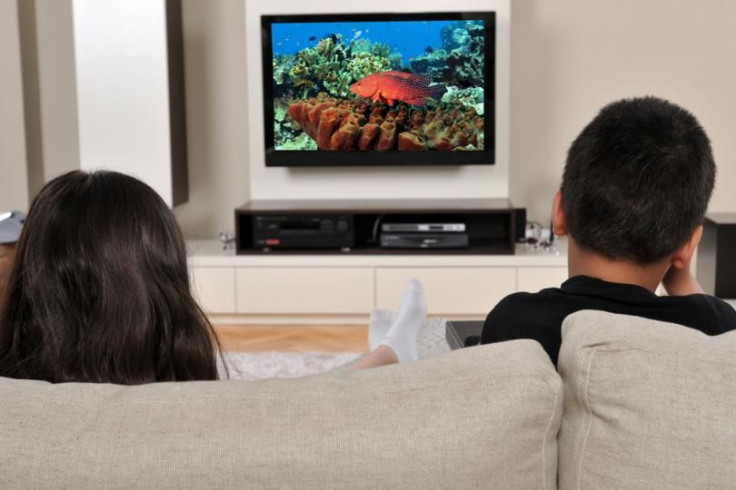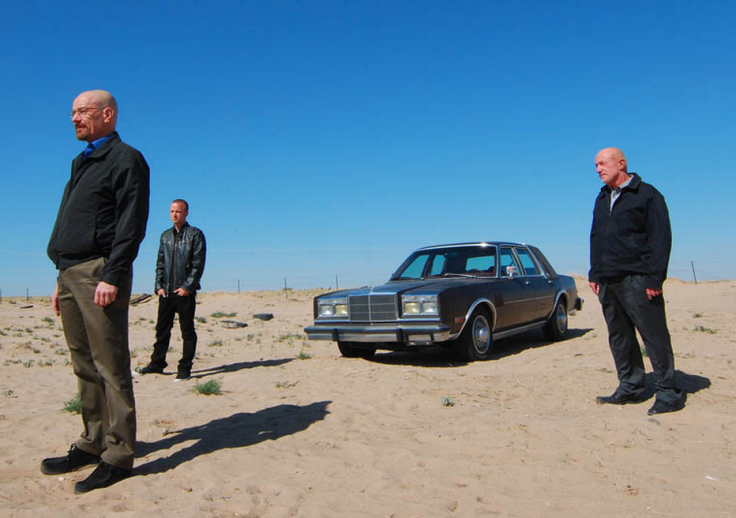The Netflix Bump: 40 Percent Of People Binge-Watch Back-Seasons Of Shows Before The New Season Starts On TV, Says Study

Maybe your best friend told you that you simply had to catch up on ABC's “How to Get Away with Murder.” Maybe you just wanted to be able to have a conversation at work about just how fabulous Taraji P. Henson is on Fox’s “Empire.” Whatever the reason, odds are pretty good that before the new season started, you engaged in at least some back-season binging of a series before diving into the new episodes.
We now have some quantification for those odds, thanks to research outfit Symphony Advanced Media. SymphonyAM looked into the viewing habits of its 15,000-person panel for the four weeks before and after the beginning of the fall TV season in late September and found a pattern: Shows that had been on the air for more than a season saw an influx of new viewers who had caught up on the series, generally from the start, via either a streaming service — primarily Netflix — or some form of video on demand (VOD).
SymphonyAM gets its viewership numbers from an app that participants have downloaded onto their smartphones. When they watch TV (on a TV, computer, tablet or smartphone), the app listens and matches the audio to a show, then passes the information on to the company.
SymphonyAM's researchers parsed viewership data across 30 broadcast prime-time shows and found an average increase in viewership of 11 percent that could be attributable to new eyeballs. And almost 40 percent of people watching those series’ new seasons watched at least some of a previous season in the two weeks before the premiere. Most of them were newcomers.
“That's the most significant issue broadcast and cable folks are trying to get their arms around,” says Charles Buchwalter, SymphonyAM’s CEO. “If people are watching a previous season of one of their shows on Netflix or some other online platform, are we seeing a lift in the current season?”
The answer appears to be yes, at least for buzzy, hard-to-follow shows like “Scandal,” “How to Get Away With Murder” and “Empire.” (Shows of a more standalone nature, like CBS’ naval crime drama “NCIS” and comedy “The Big Bang Theory,” don't see much of a lift, since you can dive in at any time.)

The so-called “Netflix bump” has been observed before: “Breaking Bad,” the Sony-produced AMC drama about a mild-mannered high school chemistry teacher turned meth-maker, is perhaps the most notorious example. Viewership trundled along well below what any other network might at the time consider acceptable, then spiked in Seasons 4 and 5, with the series finale garnering an eye-popping 10.3 million viewers, a nearly tenfold increase over the show's Season 1 average. And all because people found the show on Netflix.
So it’s not necessarily surprising that highly serialized shows saw the most help from back-season binging in Symphony’s study.
The sticky wicket here is that these new viewers may not actually be watching live. It’s impossible to compare SymphonyAM’s figures with Nielsen numbers, but live ratings are in the tank just about everywhere, by any measure, and for this iteration, SymphonyAM’s study only tracked any kind of viewing done in the four weeks surrounding a show’s premiere. It gave the same weight to someone watching an episode three weeks after air on their DVR as it did to someone watching the episode live; they all counted as having watched in a traditional way.
The dilemma most network executives face isn’t whether to put back-seasons of their shows on demand somewhere — it’s whether doing so trains viewers to expect full, ad-free seasons and whether that expectation hurts them in the long run.
That doesn’t invalidate SymphonyAM's emphasis on what Buchwalter and client solutions chief Laura Grover call the “viewer path” — the fact that people are indeed willing to catch up on shows and try them out, even if it’s not necessarily in the way a network would prefer, is a good thing. “If someone mentions watching back-seasons to me, that's synonymous with Netflix,” Grover says. “My first stop isn't the VOD channel from my cable provider.”
But the dance around when and where to give potential fans a chance to catch up remains a delicate one, Grover acknowledges: “It's a little bit of a see-saw.”
© Copyright IBTimes 2024. All rights reserved.












